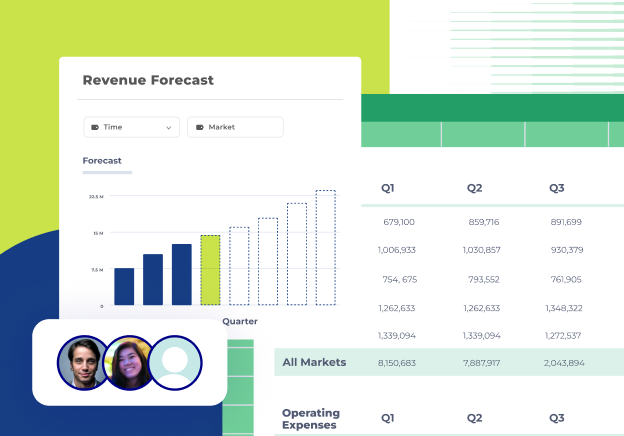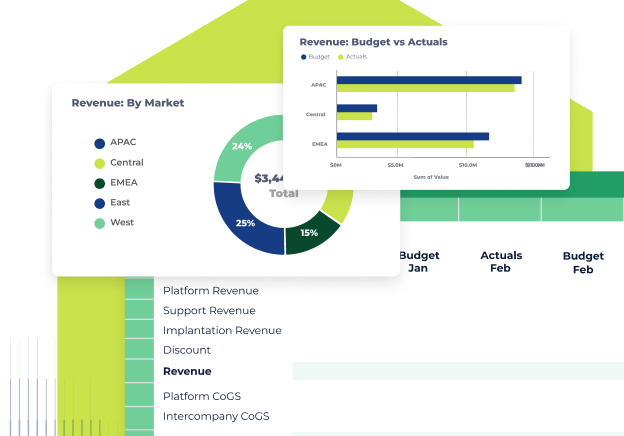1️⃣ Audit data sources and definitions.
Start by listing every system where financial data lives, like your ERP and CRM. Then, document how key data points, like departments, accounts, and regions, are currently labeled in each one. This will give you a clear view of where inconsistencies may lie.
2️⃣ Establish data governance standards.
Next, define how data should be labeled. Set clear naming conventions, formats, and structures (e.g., whether departments are labeled as "Marketing" or "MKTG"). Assign someone to manage these standards and ensure consistency across teams.
3️⃣ Map and consolidate your data.
Bring all your data into a central repository. Then create rules to transform and align inconsistent formats, and build a reconciliation process that ensures everything rolls up cleanly. This turns fragmented inputs into one consistent language AI can understand.
4️⃣ Introduce automation.
Before layering in AI, start with basic automation. Focus on routine, repeatable processes, like syncing systems or checking for missing inputs. Automation reduces manual work and makes your data environment more stable and scalable. | 





.png)









.png)
.png?upscale=true&upscale=true&width=600&name=Email%20Header%20Customer%20newsletter%20%20V1%20-%20Left%20(25).png)